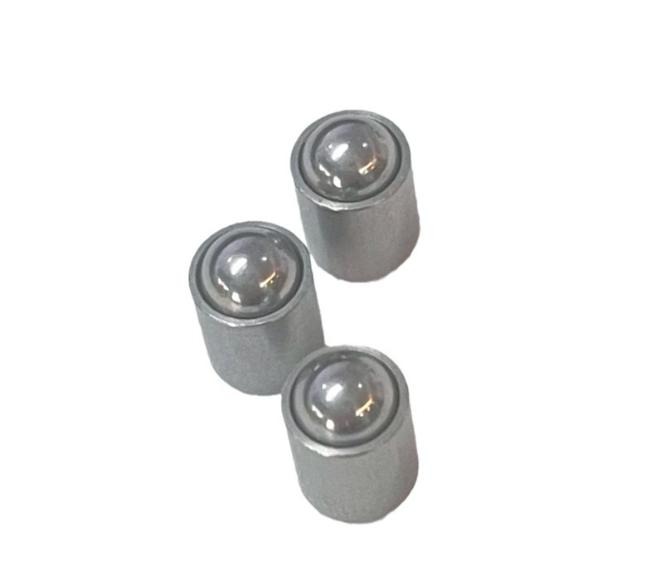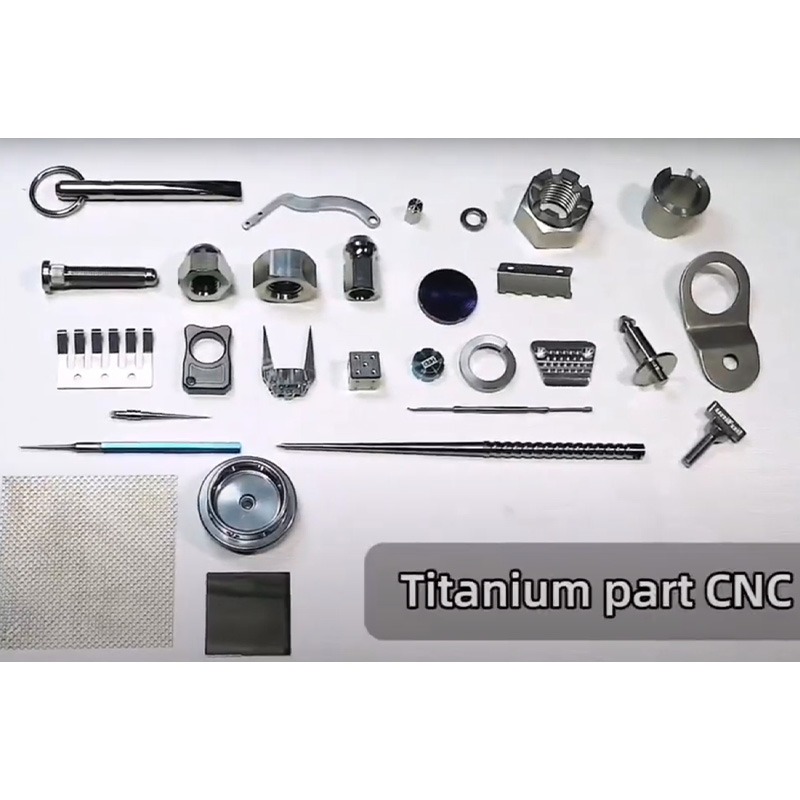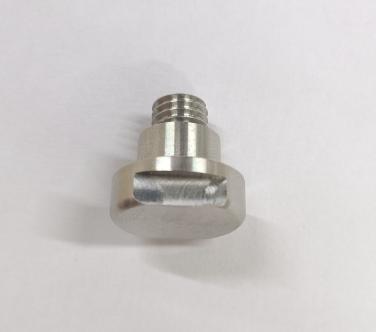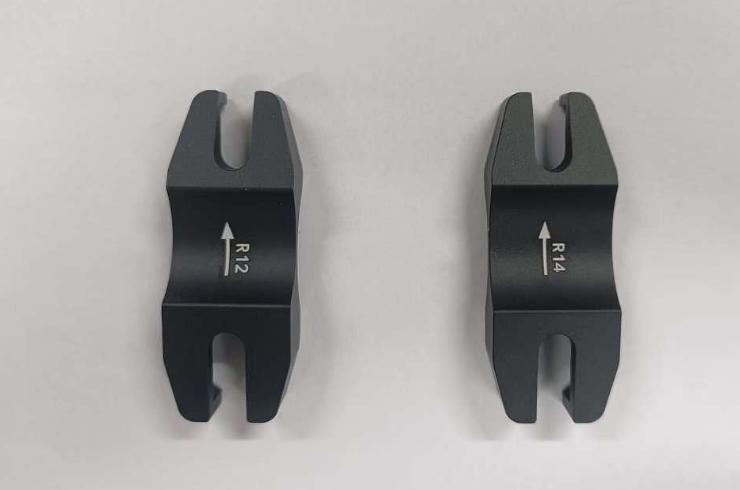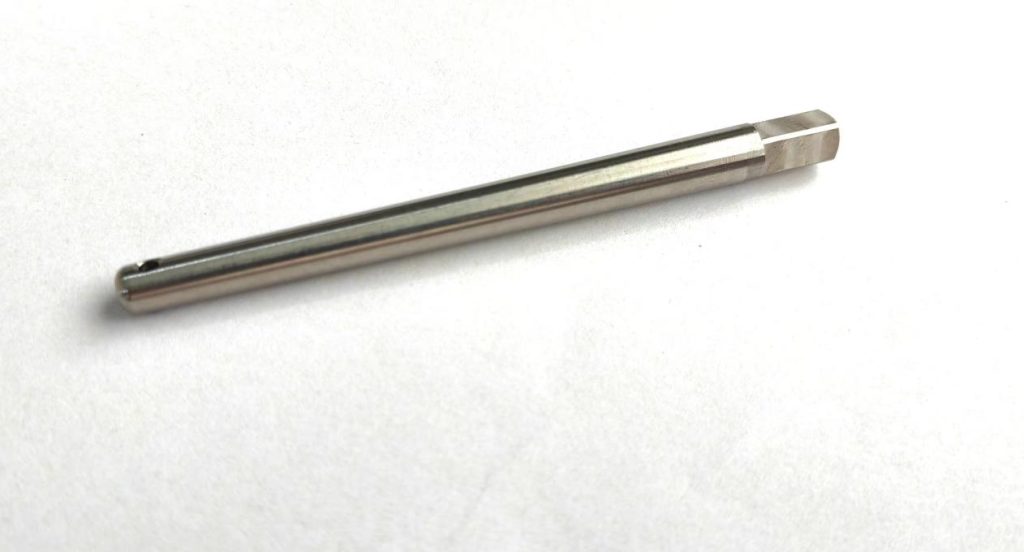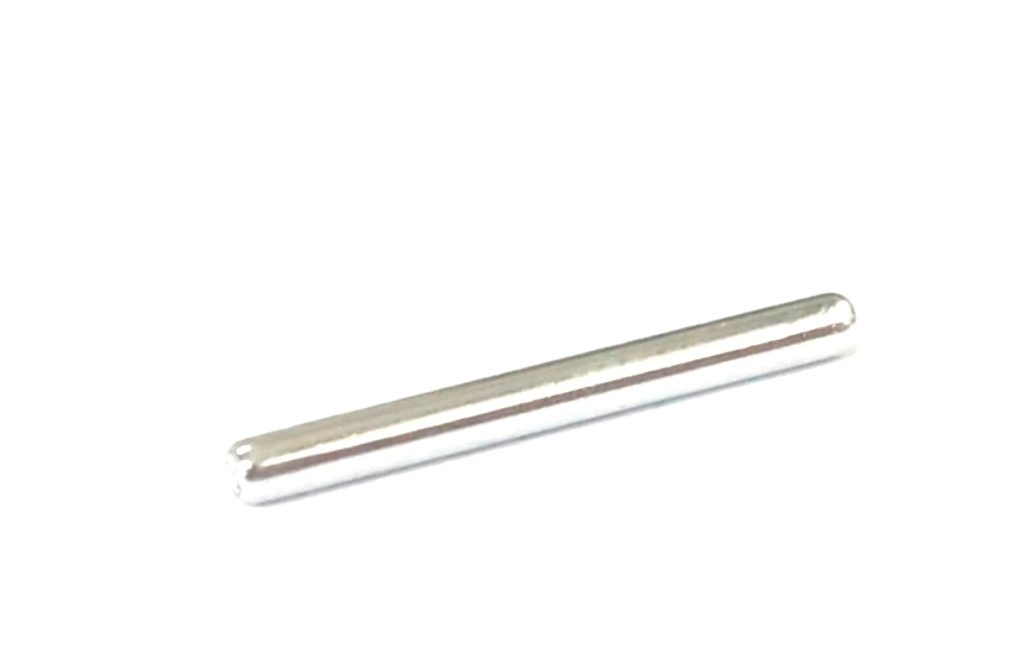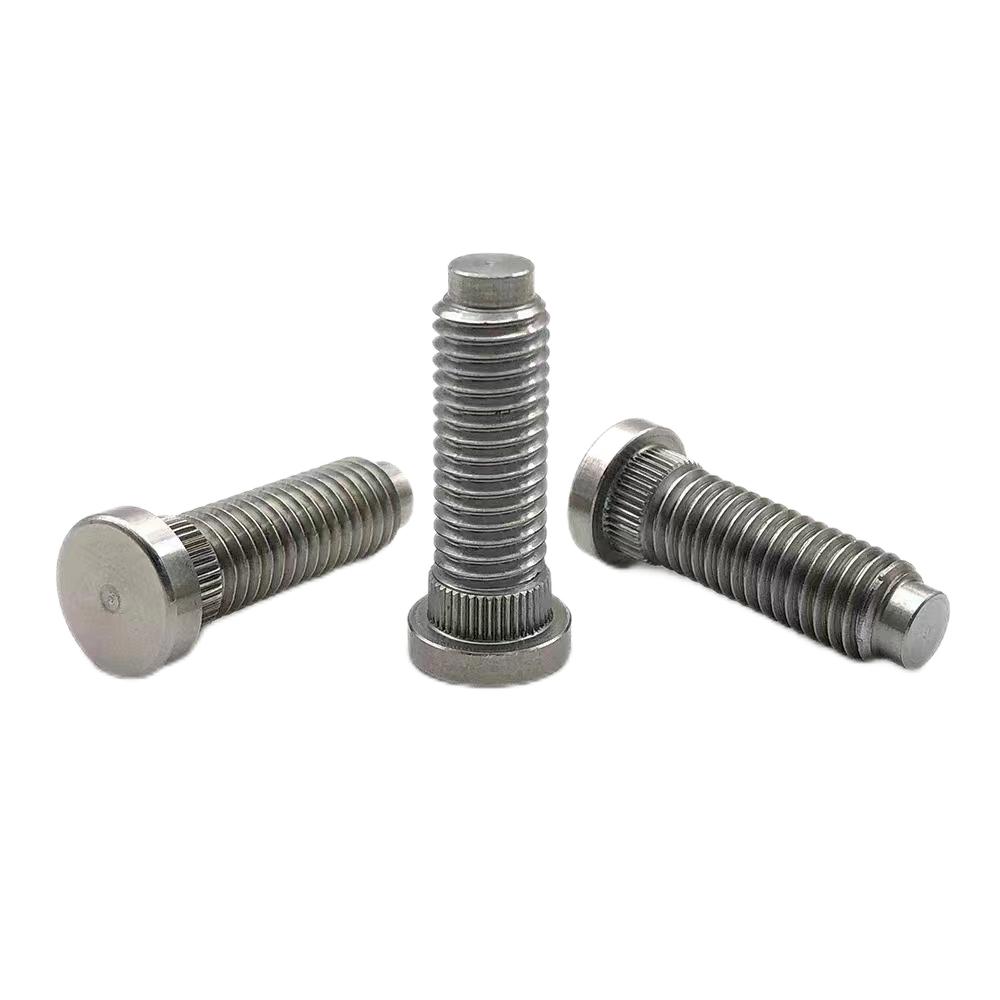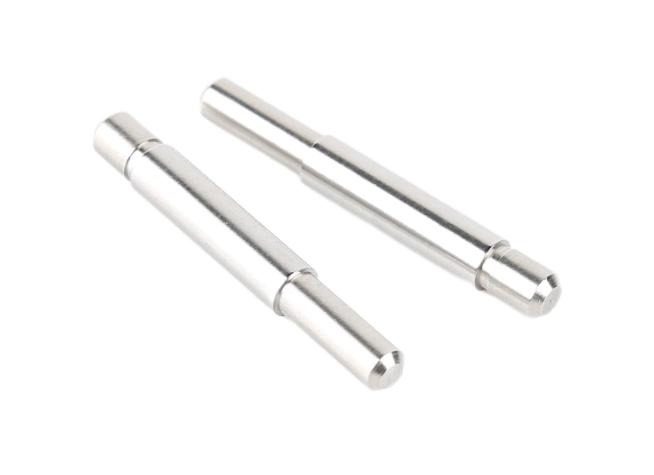Exploring the Latest Advances in High Speed CNC Machining Techniques and Tools: Faster Production and Greater Precision
High-speed CNC Machining has seen remarkable advancements in both techniques and tools in the ever-changing manufacturing landscape. Researchers and engineers have pushed the boundaries of high-speed machining capabilities as industries demand faster production cycles, greater precision, and the ability to work with a variety of materials. This article delves into the most recent advancements in high speed CNC machining techniques and tools, shedding light on how these advancements are shaping the future of manufacturing.
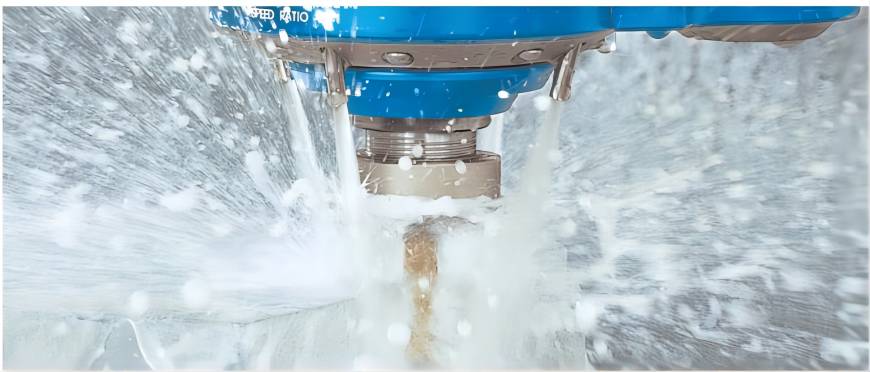
Principles of High speed CNC Machining
High-speed CNC machining follows the same principles as traditional CNC machining, in which computer-controlled machines interpret digital designs and make precise cuts on a variety of materials. The key differentiator, however, is the speed with which these operations are carried out. High-speed machining involves cutting at significantly faster rates, often reaching several thousand revolutions per minute (RPM). This is made possible by advancements in spindle and cutting tool technologies, as well as improvements in machine rigidity and control systems.
Key Components
Spindle Technology: High-frequency spindles capable of achieving and maintaining rapid rotation are used in high-speed CNC machining. These spindles are designed to run with the utmost precision and minimize vibration to ensure the accuracy of the machined parts.
Cutting Tools: High speed machining requires specialized cutting tools, which are frequently made of high-speed steel (HSS) or carbide. These tools are designed to withstand the intense heat generated during high-speed cutting while remaining sharp, resulting in consistent and accurate results.
Machine Rigidity: High speed CNC machining machines are built with increased rigidity to dampen vibrations and maintain stability during rapid movements. This is critical in order to achieve the desired surface finish and dimensional accuracy.
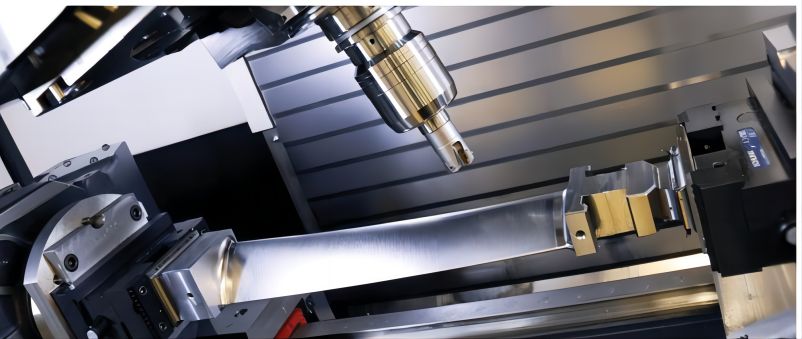
Technological Advances in High speed CNC Machining
1. Adaptive Control Systems
Overview: Adaptive control systems represent a significant advancement in high-speed CNC machining by dynamically adjusting machining parameters in real time based on cutting process feedback.
Benefits: This technology improves cutting conditions, reduces tool wear in CNC machining, and ensures consistent performance by enabling adaptive responses to changes in material properties or tool conditions.
2. Trochoidal Milling
Overview: Trochoidal milling is a machining strategy that involves milling in a curved path rather than a straight line. This technique reduces tool engagement while increasing efficiency.
Benefits: Trochoidal milling has several advantages, including reduced tool wear, improved surface finish, and faster material removal rates. It is especially useful in high-speed applications.
3. Hybrid Machining
Overview: Additive and subtractive manufacturing processes are combined in hybrid machining. High-speed CNC machining is integrated with 3D printing or laser deposition, allowing for the creation of intricate structures with high precision.
Benefits: This method allows for the production of complex parts that would be difficult or impossible to produce using traditional methods alone. It also allows for more lightweight design and material savings.
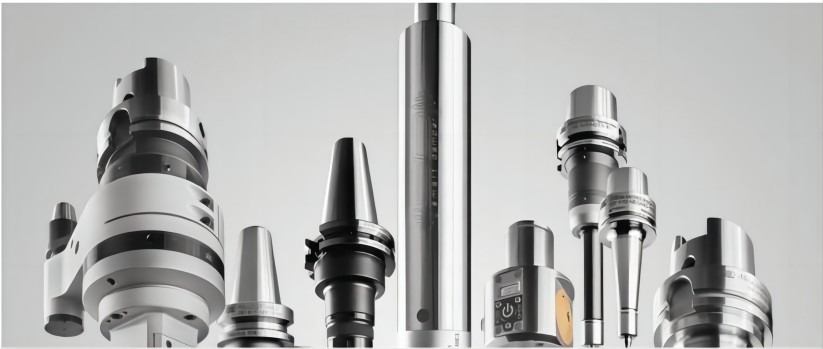
Tooling Innovations for High speed CNC Machining
1. Nano-Coated Tools
Overview: Nano-coated cutting tools make use of advanced coatings, which are frequently made of nanocomposite materials. These coatings improve tool hardness, friction, and wear resistance.
Benefits: The primary benefits of nano-coated tools are increased tool life, faster cutting speeds, and better surface finishes. They are especially useful in high-speed machining applications where tool durability is essential.
2. Diamond-Coated Tools
Overview: Diamond-coated tools with polycrystalline diamond (PCD) or chemical vapor deposition (CVD) diamond have high hardness and thermal conductivity.
Benefits: These tools are especially good at CNC machining for abrasive materials like composites and high-silicon aluminum alloys. Their high thermal conductivity helps dissipate heat during high-speed cutting, reducing the risk of tool wear.
3. Vibration Damping Toolholders
Overview: Vibration is a common challenge in high-speed machining that can affect surface finish and tool life. Vibration damping tool holders incorporate damping materials to absorb and dissipate vibrations.
Benefits: Enhanced tool stability, reduced chatter, and improved machining accuracy are achieved through vibration damping. This is especially valuable in high-speed applications where dynamic forces are more pronounced.
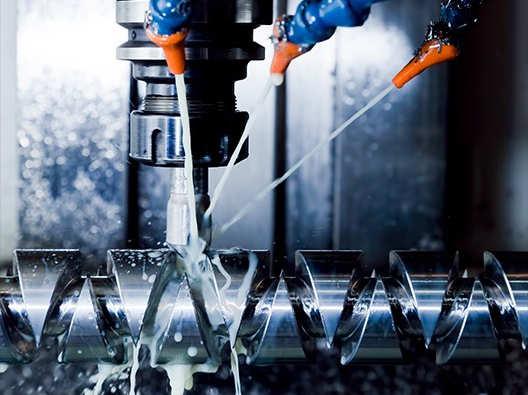
Applications and Industry Impact of High speed CNC Machining
1. Medical Implants and Devices
The precision offered by advanced high-speed CNC machining techniques and tools is instrumental in the production of intricate medical implants and devices, where accuracy is paramount.
2. Aerospace Components
Aerospace manufacturers benefit from the efficiency and precision of these advancements, producing lightweight components with complex geometries for aircraft and spacecraft.
3. Automotive Production
The automotive industry uses high-speed machining to produce engine components, transmission parts, and lightweight structures, which improves fuel efficiency and performance.
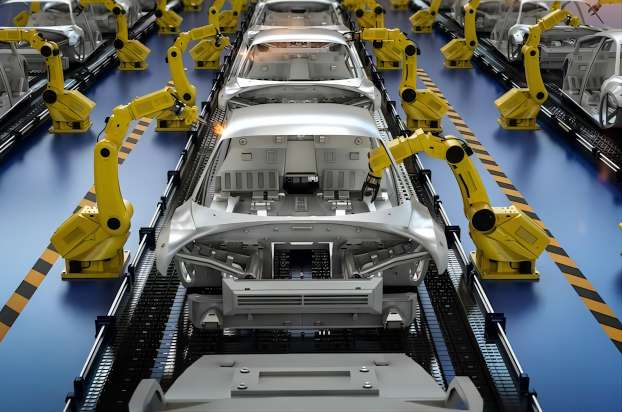
4. Electronics and Prototyping
High speed CNC machining is used in the electronics industry for component rapid prototyping. This allows businesses to quickly iterate on designs and bring products to market.
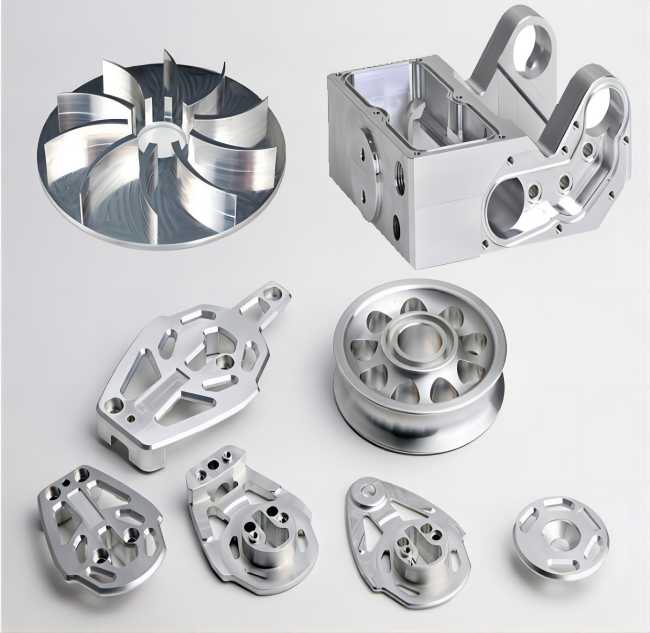
Conclusion
As high speed CNC machining evolves, the synergy of cutting-edge techniques and innovative tools propels manufacturing to new levels of efficiency and precision. The advancements discussed in this article not only allow industries to meet current demands, but also open up new possibilities in material processing, design flexibility, and the integration of additive and subtractive manufacturing methods. With ongoing research and development, the future of high-speed CNC machining holds promise for even greater achievements in the realm of advanced manufacturing.

